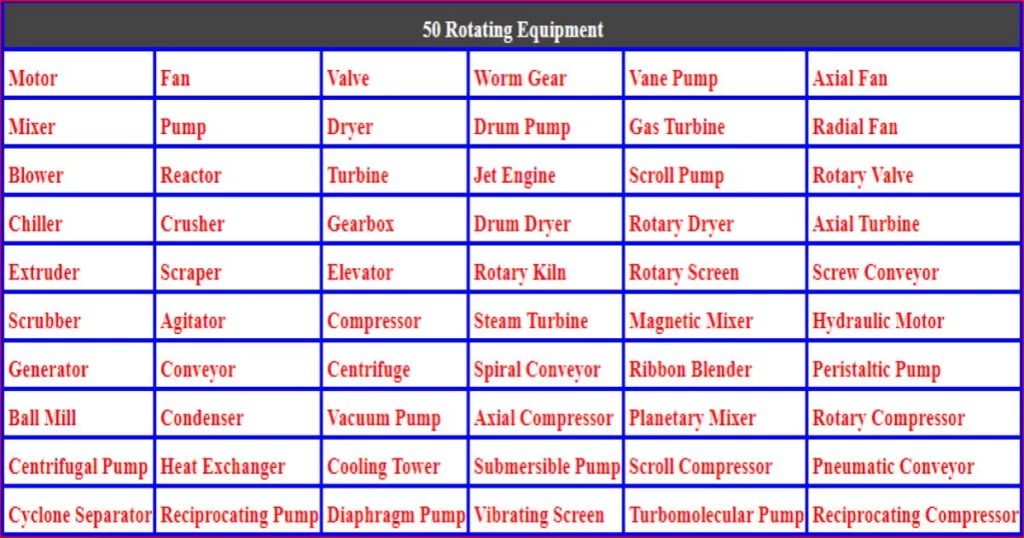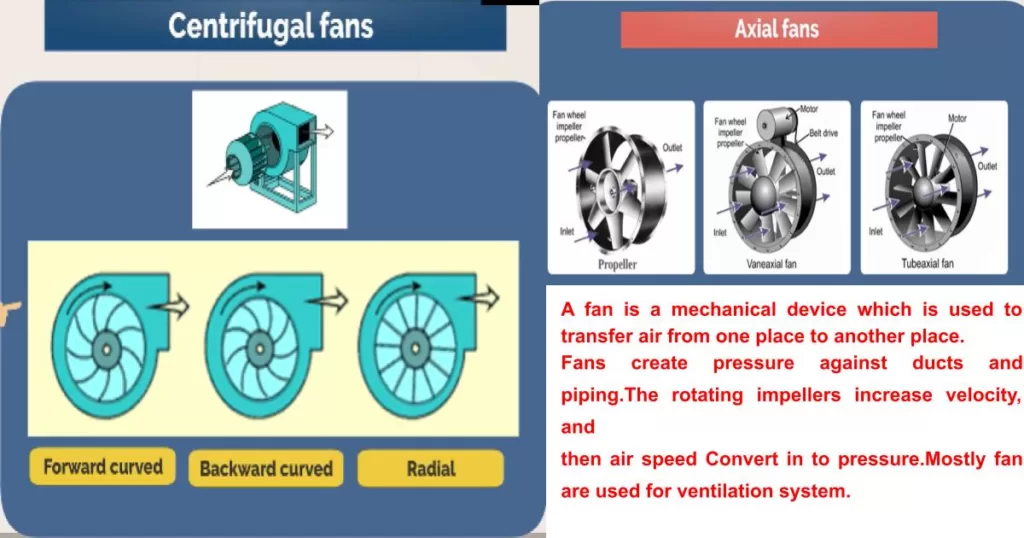Introduction Scenario-Based Questions
The PMP (Project Management Professional) exam by PMI tests your ability to apply project management concepts in real-world scenarios. Below are 50 scenario-based questions. Each question provides four options, and the correct answers are given at the end.
PMP Scenario-Based Questions
Initiating Process Group
- You have been assigned as a project manager for a new project. The sponsor asks you to start planning immediately. What should you do first?
a) Develop a high-level project schedule
b) Identify stakeholders and document their needs
c) Start preparing the project management plan
d) Define the project scope - A stakeholder approaches you with a new requirement after the project charter has been signed. What should you do?
a) Reject the request as the charter is already signed
b) Ask the stakeholder to submit a formal change request
c) Include the requirement in the project plan without approval
d) Escalate the issue to the project sponsor - During project initiation, you identify a key stakeholder who is resistant to the project. What is the best approach?
a) Ignore the stakeholder as they may not have much influence
b) Engage the stakeholder to understand their concerns
c) Remove the stakeholder from the project discussions
d) Inform the sponsor about the resistance and move ahead - You have been assigned a project where the high-level scope is unclear. What should be your first step?
a) Start work with the available information
b) Work with stakeholders to define the project scope
c) Proceed with project planning and update later
d) Begin executing project activities while refining the scope - A project sponsor asks you to fast-track the initiation process. What key document must you complete before moving to planning?
a) Risk Management Plan
b) Stakeholder Register
c) Project Charter
d) Project Management Plan
Planning Process Group
- During project planning, a key stakeholder disagrees with the project scope. What should you do?
a) Ignore their concerns and proceed with planning
b) Update the scope to include their suggestions
c) Review the scope statement with all stakeholders
d) Ask the sponsor to intervene - While developing the project schedule, you find that a critical resource is not available. What is your best course of action?
a) Change the project schedule to accommodate resource availability
b) Proceed with the project and handle the issue later
c) Request an alternative resource
d) Inform stakeholders about potential delays - Your team identifies a major risk that could delay project completion. What should you do next?
a) Ignore the risk and continue as planned
b) Document it in the risk register and analyze its impact
c) Immediately create a mitigation plan
d) Inform the sponsor and request guidance - A senior stakeholder insists on a new feature that is outside the agreed scope. How should you handle this?
a) Implement the feature to maintain stakeholder satisfaction
b) Inform them that it is not in scope and reject the request
c) Ask them to submit a formal change request
d) Escalate the issue to senior management - Your team is struggling with estimating costs for a project. What tool should you use?
a) Parametric Estimating
b) Expert Judgment
c) Monte Carlo Simulation
d) Analogous Estimating
Executing Process Group
- A team member is underperforming and delaying project tasks. What is your best response?
a) Escalate the issue to HR
b) Offer training and support to improve performance
c) Remove the team member from the project
d) Ignore the issue and let the team handle it - A stakeholder complains about a deliverable not meeting expectations. What should you do first?
a) Explain that the project is within scope
b) Revisit the requirements and quality standards
c) Immediately rework the deliverable
d) Escalate the complaint to the sponsor - Your team is experiencing conflict due to different work styles. What is the best conflict resolution approach?
a) Ignore the issue and let the team resolve it
b) Force a decision to resolve the conflict quickly
c) Use collaboration and problem-solving techniques
d) Replace team members to avoid conflicts - A senior manager wants to directly assign tasks to your team members. How should you respond?
a) Allow them to assign tasks to keep them engaged
b) Politely inform them that task assignment is the PM’s responsibility
c) Let the team members decide how to respond
d) Report this to the project sponsor - You notice a vendor is not delivering according to the contract. What should you do first?
a) Terminate the contract immediately
b) Issue a formal notice and discuss corrective actions
c) Hire another vendor without informing the current one
d) Adjust project scope to fit the vendor’s capabilities
Monitoring and Controlling Process Group
- Midway through execution, you find the project is over budget. What should you do?
a) Request additional funds from the sponsor
b) Stop work until budget issues are resolved
c) Analyze the variance and implement corrective actions
d) Cut costs by reducing project quality - A key project metric shows the project is behind schedule. What should you do first?
a) Inform stakeholders about delays
b) Perform a root cause analysis and adjust the schedule
c) Add more resources to accelerate work
d) Fast-track or crash the schedule - Your quality audit finds multiple defects in deliverables. What is your next step?
a) Stop work and fix all defects before proceeding
b) Update the quality management plan
c) Identify root causes and implement process improvements
d) Ignore defects if they are within tolerance - A stakeholder requests urgent changes to the project. What should you do?
a) Approve the request to keep the stakeholder happy
b) Follow the change control process
c) Implement the change without documentation
d) Reject the request to avoid delays - Your earned value analysis shows that the cost performance index (CPI) is 0.8. What does this mean?
a) The project is over budget
b) The project is under budget
c) The project is on budget
d) More funding is needed - . A stakeholder is frequently requesting project updates, causing distractions. What should you do?
a) Provide them with access to the project dashboard
b) Ignore their requests and focus on critical tasks
c) Send them detailed daily reports
d) Ask the sponsor to handle their concerns - A key stakeholder is not responding to project emails. How should you handle this?
a) Remove them from stakeholder communications
b) Find an alternative communication method they prefer
c) Continue sending emails and wait for a response
d) Escalate the issue to their manager - A stakeholder misunderstood a project deliverable and is dissatisfied. What is the best course of action?
a) Ignore their concern since the deliverable meets project requirements
b) Revisit the stakeholder’s expectations and clarify deliverables
c) Modify the deliverable immediately to satisfy them
d) Escalate the issue to the steering committee - A stakeholder raises a concern about project risks late in execution. What should you do?
a) Dismiss their concern as the execution phase has already started
b) Assess the risk and update the risk register if necessary
c) Ask them to submit a formal risk report
d) Continue execution without addressing the concern
Managing Stakeholder Influence & Conflict Resolution
- A stakeholder is trying to influence project decisions beyond their role. How do you handle this?
a) Allow them to participate in all decisions
b) Politely remind them of the agreed governance structure
c) Ignore their influence and proceed as planned
d) Escalate the issue to the sponsor immediately - You notice that a stakeholder is sabotaging the project by spreading misinformation. What should you do?
a) Ignore them and focus on execution
b) Confront them publicly in a meeting
c) Address their concerns privately and provide accurate information
d) Report them to the senior management - . A stakeholder refuses to cooperate, delaying approvals. What is your best response?
a) Force them to approve by escalating the issue
b) Understand their concerns and negotiate a solution
c) Proceed without their approval
d) Replace them with a more cooperative stakeholder - During a stakeholder meeting, two key stakeholders strongly disagree on project priorities. What should you do?
a) Allow them to debate and resolve it themselves
b) Facilitate a discussion to find common ground
c) Take sides with the more influential stakeholder
d) Delay the decision and revisit the discussion later - A stakeholder tries to bypass the change control process to introduce a new requirement. What should you do?
a) Allow the change to maintain stakeholder satisfaction
b) Follow the change control process strictly
c) Implement the change without documentation
d) Ignore the request to avoid scope creep
Initiating Process Group
- You have been assigned as a project manager for a new project. The sponsor asks you to start planning immediately. What should you do first?
Answer: b) Identify stakeholders and document their needs
Justification: Before planning, it is critical to identify stakeholders and understand their needs, expectations, and influence. This ensures alignment and sets the foundation for effective planning. - A stakeholder approaches you with a new requirement after the project charter has been signed. What should you do?
Answer: b) Ask the stakeholder to submit a formal change request
Justification: Any new requirement after the project charter is signed must go through the formal change control process to evaluate its impact on scope, schedule, and budget. - During project initiation, you identify a key stakeholder who is resistant to the project. What is the best approach?
Answer: b) Engage the stakeholder to understand their concerns
Justification: Engaging resistant stakeholders helps address their concerns, build trust, and reduce potential risks to the project. - You have been assigned a project where the high-level scope is unclear. What should be your first step?
Answer: b) Work with stakeholders to define the project scope
Justification: A clear scope is essential for project success. Collaborating with stakeholders to define the scope ensures alignment and avoids misunderstandings later. - A project sponsor asks you to fast-track the initiation process. What key document must you complete before moving to planning?
Answer: c) Project Charter
Justification: The project charter formally authorizes the project and provides the project manager with authority. It is a prerequisite for planning.
Planning Process Group
- During project planning, a key stakeholder disagrees with the project scope. What should you do?
Answer: c) Review the scope statement with all stakeholders
Justification: Reviewing the scope with all stakeholders ensures alignment and resolves disagreements early in the project. - While developing the project schedule, you find that a critical resource is not available. What is your best course of action?
Answer: a) Change the project schedule to accommodate resource availability
Justification: Resource availability is a constraint that must be addressed during planning. Adjusting the schedule ensures realistic timelines. - Your team identifies a major risk that could delay project completion. What should you do next?
Answer: b) Document it in the risk register and analyze its impact
Justification: Risks must be documented, analyzed, and managed proactively to minimize their impact on the project. - A senior stakeholder insists on a new feature that is outside the agreed scope. How should you handle this?
Answer: c) Ask them to submit a formal change request
Justification: Changes to scope must follow the formal change control process to evaluate their impact and ensure proper approval. - Your team is struggling with estimating costs for a project. What tool should you use?
Answer: b) Expert Judgment
Justification: Expert judgment is a reliable tool for estimating costs when historical data or other estimation techniques are not available.
Executing Process Group
- A team member is underperforming and delaying project tasks. What is your best response?
Answer: b) Offer training and support to improve performance
Justification: Providing support and training helps address performance issues constructively and maintains team morale. - A stakeholder complains about a deliverable not meeting expectations. What should you do first?
Answer: b) Revisit the requirements and quality standards
Justification: Revisiting requirements ensures alignment with stakeholder expectations and identifies gaps in deliverables. - Your team is experiencing conflict due to different work styles. What is the best conflict resolution approach?
Answer: c) Use collaboration and problem-solving techniques
Justification: Collaboration fosters teamwork and resolves conflicts by addressing the root cause and finding mutually acceptable solutions. - A senior manager wants to directly assign tasks to your team members. How should you respond?
Answer: b) Politely inform them that task assignment is the PM’s responsibility
Justification: Task assignment is the project manager’s responsibility to ensure alignment with the project plan and avoid confusion. - You notice a vendor is not delivering according to the contract. What should you do first?
Answer: b) Issue a formal notice and discuss corrective actions
Justification: Formal communication ensures accountability and provides an opportunity to resolve the issue before escalating.
Monitoring and Controlling Process Group
- Midway through execution, you find the project is over budget. What should you do?
Answer: c) Analyze the variance and implement corrective actions
Justification: Analyzing variances helps identify the root cause of budget overruns and allows for timely corrective actions. - A key project metric shows the project is behind schedule. What should you do first?
Answer: b) Perform a root cause analysis and adjust the schedule
Justification: Root cause analysis identifies the reason for delays and helps in making informed adjustments to the schedule. - Your quality audit finds multiple defects in deliverables. What is your next step?
Answer: c) Identify root causes and implement process improvements
Justification: Addressing root causes prevents recurring defects and improves overall project quality. - A stakeholder requests urgent changes to the project. What should you do?
Answer: b) Follow the change control process
Justification: All changes, regardless of urgency, must follow the change control process to evaluate their impact and ensure proper approval. - Your earned value analysis shows that the cost performance index (CPI) is 0.8. What does this mean?
Answer: a) The project is over budget
Justification: A CPI less than 1 indicates that the project is spending more than planned, meaning it is over budget.
Stakeholder Management
- A stakeholder is frequently requesting project updates, causing distractions. What should you do?
Answer: a) Provide them with access to the project dashboard
Justification: Providing access to real-time updates reduces unnecessary interruptions and keeps stakeholders informed. - A key stakeholder is not responding to project emails. How should you handle this?
Answer: b) Find an alternative communication method they prefer
Justification: Adapting to the stakeholder’s preferred communication method ensures effective engagement. - A stakeholder misunderstood a project deliverable and is dissatisfied. What is the best course of action?
Answer: b) Revisit the stakeholder’s expectations and clarify deliverables
Justification: Clarifying expectations ensures alignment and prevents misunderstandings. - A stakeholder raises a concern about project risks late in execution. What should you do?
Answer: b) Assess the risk and update the risk register if necessary
Justification: Risks can arise at any stage, and they must be assessed and documented to mitigate their impact.
Conflict Resolution and Stakeholder Influence
- A stakeholder is trying to influence project decisions beyond their role. How do you handle this?
Answer: b) Politely remind them of the agreed governance structure
Justification: Reinforcing the governance structure ensures that decision-making remains aligned with project objectives. - You notice that a stakeholder is sabotaging the project by spreading misinformation. What should you do?
Answer: c) Address their concerns privately and provide accurate information
Justification: Addressing concerns privately helps resolve issues without escalating conflict and ensures accurate communication. - A stakeholder refuses to cooperate, delaying approvals. What is your best response?
Answer: b) Understand their concerns and negotiate a solution
Justification: Understanding concerns and negotiating helps resolve conflicts and maintains stakeholder engagement. - During a stakeholder meeting, two key stakeholders strongly disagree on project priorities. What should you do?
Answer: b) Facilitate a discussion to find common ground
Justification: Facilitating discussions helps resolve conflicts and ensures alignment on project priorities. -
A stakeholder tries to bypass the change control process to introduce a new requirement. What should you do?
Answer: b) Follow the change control process strictly
Justification: Adhering to the change control process ensures proper evaluation and approval of changes, preventing scope creep.



